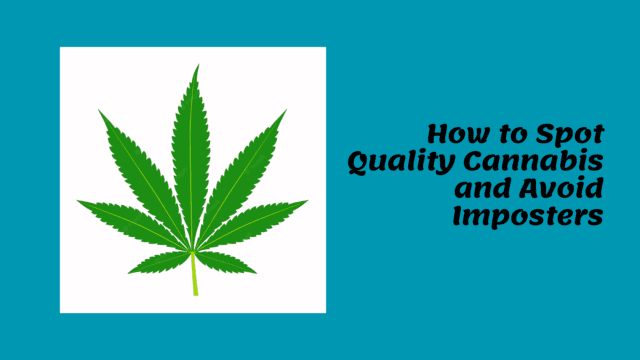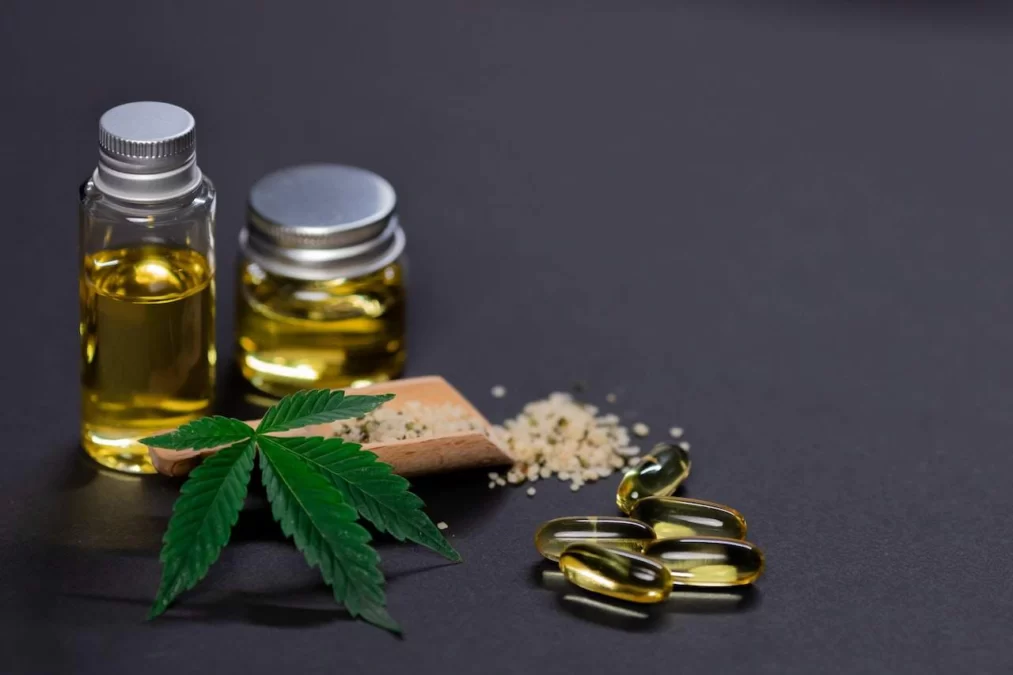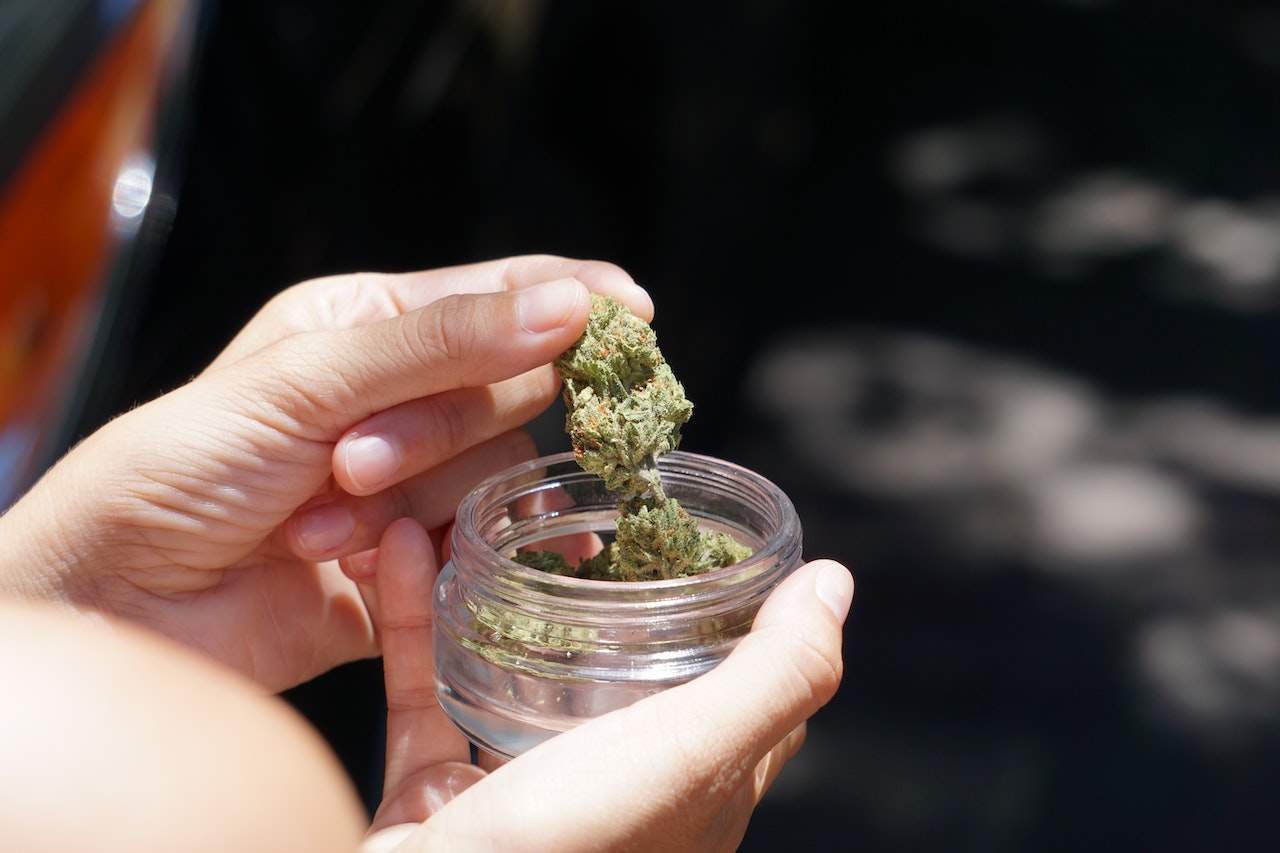In the rapidly evolving world of cannabis, the ability to distinguish between quality and inferior products has never been more crucial. But how can you tell the good from the bad? Are there red flags to watch for? Let’s dive in and arm you with the knowledge you need.
Understanding the Basics of Cannabis Quality
Did you know that not all cannabis is created equal? Different types, such as Sativa, Indica, and Hybrid, offer varied effects and benefits. But beyond type, where your cannabis comes from matters. Ever considered the journey your cannabis took before it reached your hands? It’s an important contemplation. Always prioritize knowing the source.

The origin of cannabis plays a pivotal role in determining its quality. Factors such as soil type, climate, and farming practices can significantly impact the final product. For instance, cannabis grown organically, without the use of harmful pesticides and fertilizers, tends to be of higher quality. Think of it as the difference between a home-cooked meal with fresh ingredients and a fast-food snack – both might satiate your hunger, but which would you consider quality nourishment?
Physical Appearance of Quality Cannabis
A glance at your cannabis can reveal a lot. Quality buds often flaunt rich greens with splashes of purples, blues, or gold. Ever noticed brown or yellow patches? That’s a warning sign. The glistening trichomes – those tiny, sticky crystals – not only indicate potency but also maturity. You’re after a bud that’s dense, well-trimmed, and free from seeds. And here’s a pro tip: Always check under the buds. Mold or pests can lurk there, unseen from the top.
Now, why are trichomes so essential? These minuscule structures act as the plant’s defense mechanism against pests and UV rays. More importantly for consumers, they produce cannabinoids, terpenes, and flavonoids, the compounds responsible for the effects, flavors, and aromas of the cannabis plant. When evaluating a bud, a dense covering of trichomes usually indicates a high-quality product brimming with potential benefits.
Smell and Terpene Profile
Ah, the aroma! Quality cannabis emits a strong and distinct smell, signifying its health and curing process. Have you ever caught a whiff of hay, mold, or something chemical-like? Those are unpleasant alerts signaling something’s off. Trust your nose – it’s more discerning than you think.
Terpenes, the aromatic compounds found in many plants, are responsible for the distinct scents of cannabis. They play a significant role in differentiating one strain from another. A high terpene content can indicate a well-grown and well-cured product. Interestingly, terpenes aren’t just about aroma. They interact synergistically with cannabinoids in what’s known as the entourage effect, potentially enhancing the therapeutic properties of cannabis.
Taste and Smoke
A delightful experience or a regrettable one often hinges on taste. Quality cannabis should grant you a smooth smoking experience, revealing its proper curing and lack of residual nutrients. However, if it leaves a harsh chemical aftertaste, there’s a good chance contaminants are present. Do your lungs and taste buds a favor and opt for quality.
Much like the nuances of tasting wine or gourmet coffee, understanding and appreciating the flavor profiles of different cannabis strains is an art. A proper curing process, which involves drying the buds slowly under controlled conditions, ensures the preservation of terpenes and thus the taste. Improperly cured cannabis might taste grassy, reflecting the presence of chlorophyll, which ideally should have broken down during curing.
Quality Feminized Cannabis Seeds
If you’re into cultivating, you’ve probably heard about feminized seeds. Their popularity arises from their propensity to produce female plants. But how do you spot quality ones? Look for seeds flaunting darker colors like brown or black, often with a tiger-stripe pattern. And remember, good seeds have a hard outer shell. On the flip side, seeds that are very light, soft, cracked, or shriveled are ones to avoid. And when storing? A cool, dark place with controlled humidity is your best bet. After all, isn’t the protection of quality a priority?
The journey of cultivation begins with a single seed. High-quality feminized seeds, for example, lead to robust plants and bountiful harvests. Feminized seeds, in particular, have been manipulated to produce only female plants, which are the ones that produce cannabinoid-rich flowers. Thus, ensuring the quality of these seeds is paramount for growers. Researching and sourcing seeds from reputable seed banks can make a significant difference in your cultivation journey.
Lab Testing and Certifications
In this age, third-party lab testing isn’t a luxury; it’s a necessity. If you’re a stickler for details (and you should be), check the cannabinoid profile. The levels of THC, CBD, and other cannabinoids offer a wealth of information. And here’s something crucial: Ensure that pesticides, heavy metals, and microbial contaminants are within safe limits.
Beyond the cannabinoid profile, modern lab tests can also analyze terpene levels, providing deeper insights into potential aroma, flavor, and therapeutic benefits. By understanding these profiles, consumers can make informed decisions tailored to their preferences and needs.
Red Flags to Watch Out For
Some offers might seem too good to be true. Suspiciously low prices? Be wary. An absence of detailed product information or a lack of transparency? Proceed with caution. Trust your gut and stay informed.
In the age of digital information, it’s easier than ever for imposters to make false claims or create misleading branding. Relying on reputable sources, seeking recommendations from trusted individuals, and always questioning ‘too good to be true’ deals are essential steps in navigating the cannabis market safely.
Conclusion
Quality should always be at the forefront of our choices. When it comes to cannabis, it’s not just about experience; it’s about health. So, equip yourself, trust your senses, and never settle for less. Because isn’t the best experience what we all seek?









